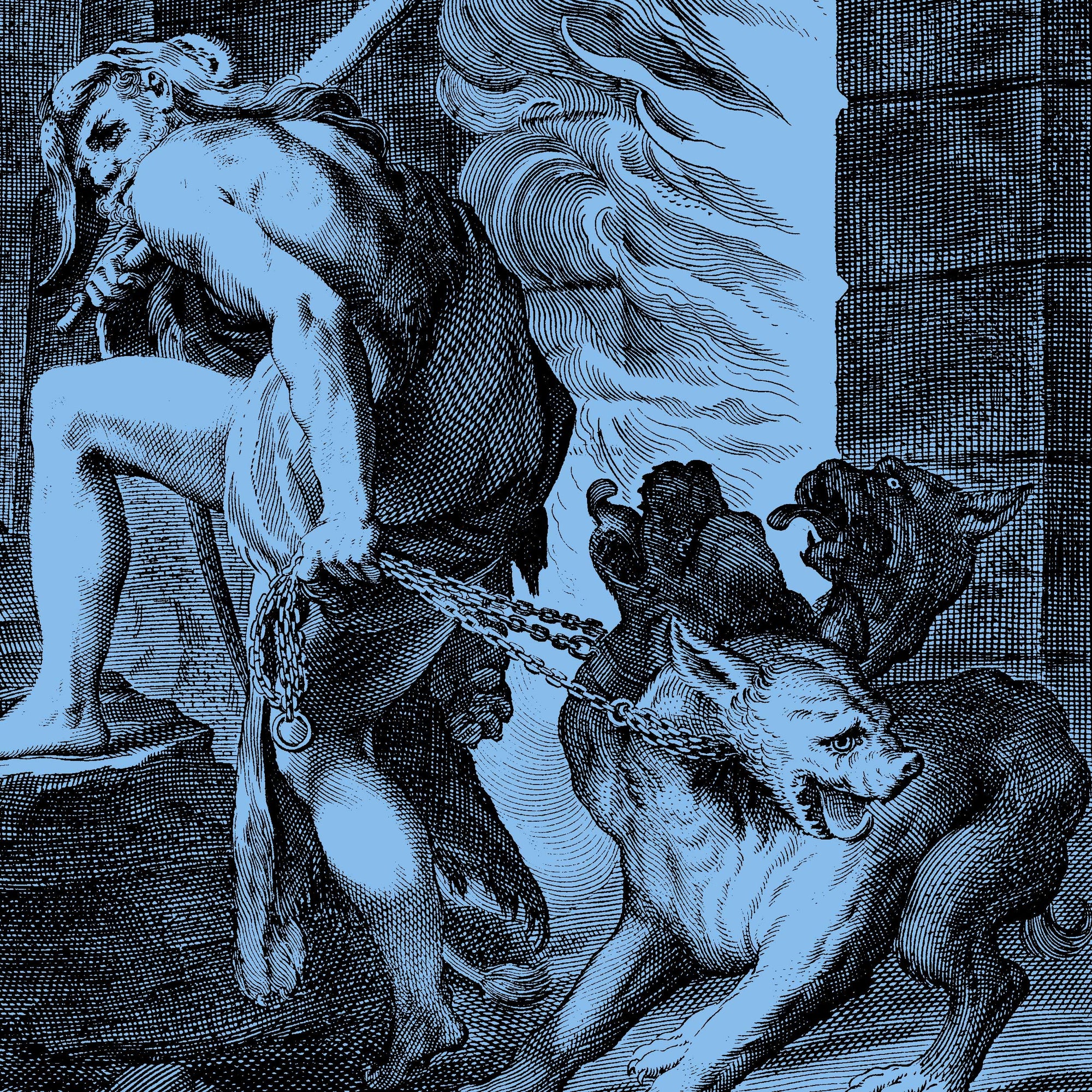Have you ever wondered about the history of Halloween traditions? This blog post will look at Halloween's history and explore some of its origins; Why is it celebrated on October 31st? What makes a carved pumpkin an iconic symbol of Halloween? And why are ghosts associated with this holiday? Read on to find out!
The Origins of Halloween
Halloween, or All Hallows' Eve, is thought to have originated with the ancient Celtic festival of Samhain. It's a festival that marks the end of the harvest and signifies the start of the darker time of the year. Samhain occurs on November 1st, but celebrations begin in the evening of October 31st because the Celtic day starts and ends at sunset. During Samhain, the veil between our world and the spirit realm is at its thinnest, making it easier for ghosts and other supernatural beings to cross over into our world. During Samhain, the Celts would light bonfires and wear costumes to resemble the visiting spirits and hopefully protect them from harm or mischief. The name Halloween is a contraction of All Hallows Evening, the evening before the Christian holy days of All Hallows' Day (also known as Hallowmas) on November 1st.

|
Why Do We Carve Pumpkins?
The Origins of Apple Bobbing
The History of Guising, or Trick or Treating
Guising has been a part of Halloween celebrations for centuries, and the tradition of guising made its way to America with Irish and Scottish immigrants. By the late 19th century, guising had become common in many parts of the United States. When guising, children would go door to door collecting treats such as sweets, fruits, nuts or money in return for a trick, reciting a poem, or performing a skit, dance or song. They would don costumes and wear masks to help them blend in with any evil spirits that might also be walking the streets.

|
We hope you enjoyed our post about Halloween traditions. If you're planning to celebrate the holiday, get inspiration for costumes, decorations, artwork and more in the Vault Editions Halloween Collection, a curated selection of books featuring hundreds of images of skulls, skeletons, medical anomalies, human anatomy, monsters, dragons, bats and more.








